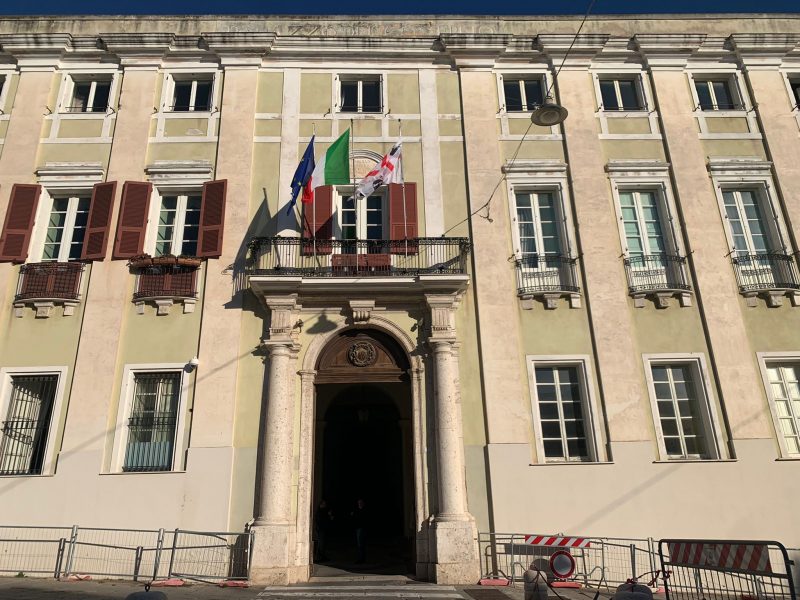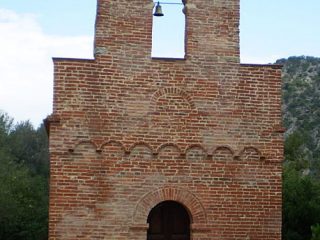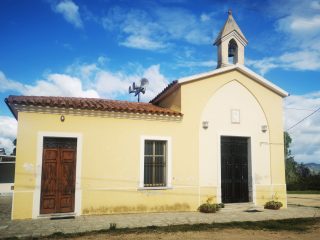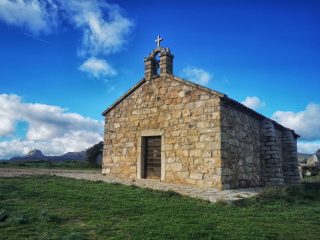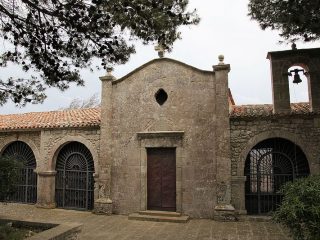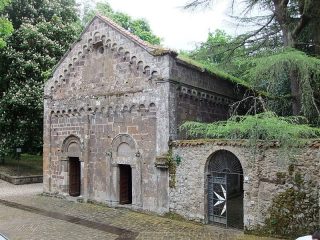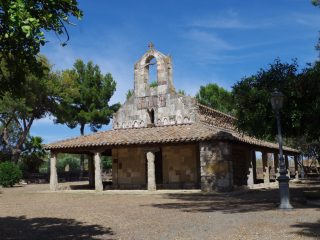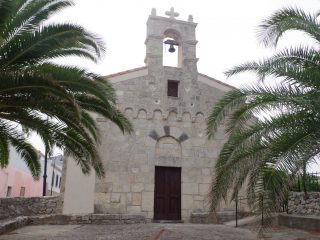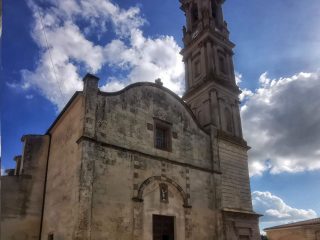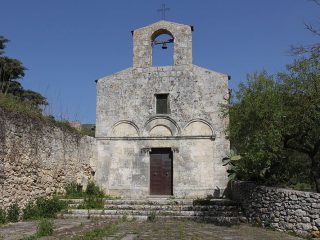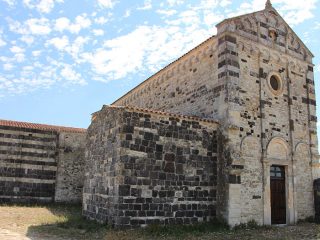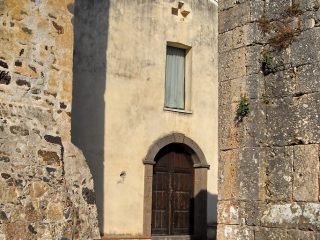Cagliari’s Royal Palace has been home to the ruling powers since the XIII century. It was built by the House of Pisa as a headquarters for the governor of the Maritime Republic and became the Viceregal headquarters in 1337 on the wishes of Pietro d’Aragona. The building that emerges on one side onto Piazza Palazzo and on the other overhanging the rocks of Castello, initially had no homogeneous design due to a clearly aimed approach at keeping down the cost of the work. What we see today is the result of numerous renovation works.
In 1720, the House of Savoy sponsored maintenance work and upgrading of the fortifications. An interest in urban development and that of the existing building heritage emerged. From a project by the military engineer Andrea De Guibert, they began work on the bipartite stairway leading to the main floor in the Palace. This was followed by work on the viceroy’s residence, the static consolidation of the supporting walls and roofs and ornamental work on the Royal Audience hall.
From 1769 onwards, large vaulted arches were created in the eastern part to support the additional units and finishing material and decorations were chosen. In the 1800s, a homogeneous design and unitary image of the palace was available and worthy of representing the House of Savoy.
Following the abolition of the viceroyalty, the palace passed into the hands of the Provincial Administration which purchased it in 1885 from the State property to promote a further expansion with the neighbouring Palazzo di San Placido.
Nowadays, the Palace overlooking the Piazza of the same name is home to the Prefecture of the urban city of Cagliari.


